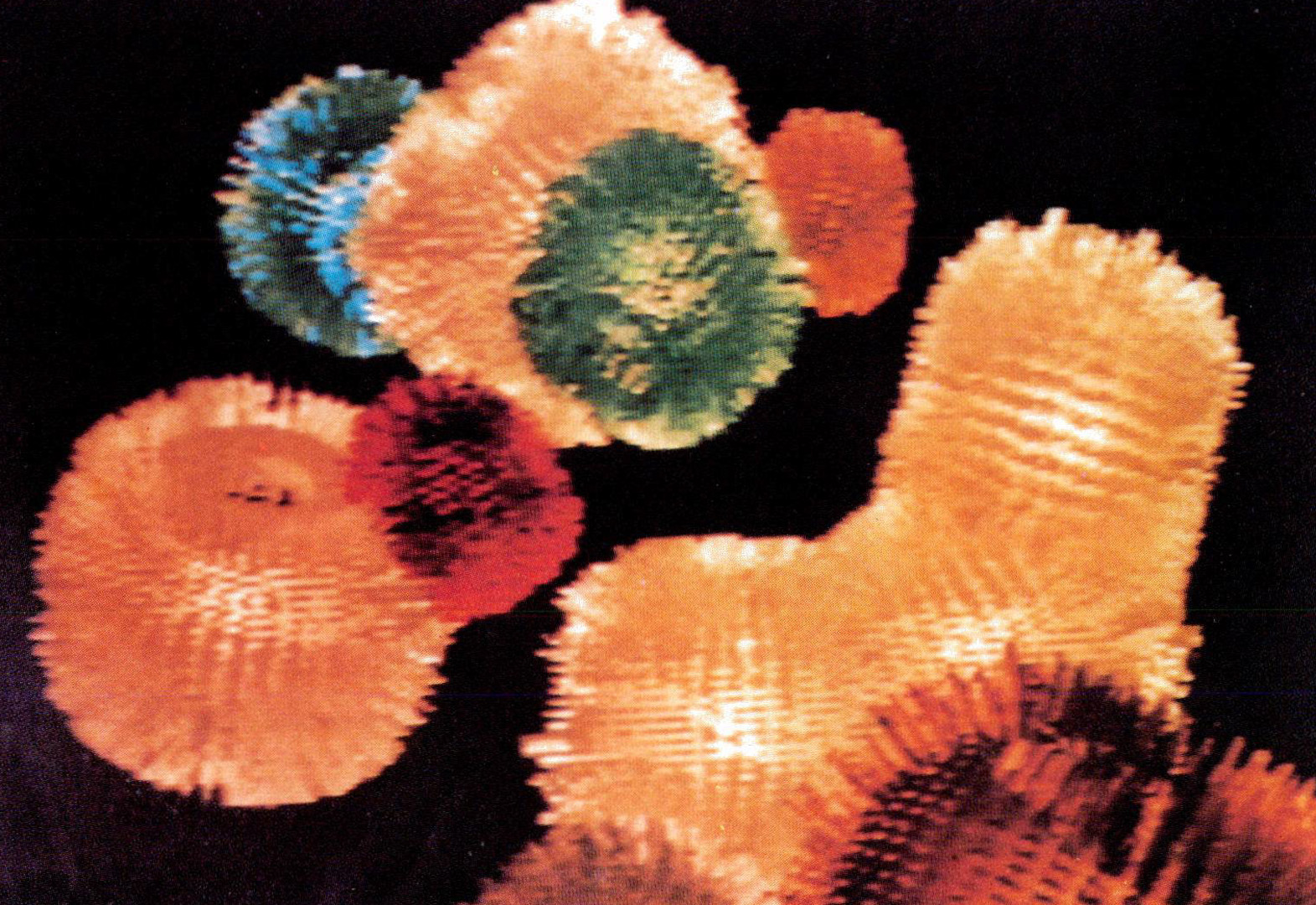“Towards an interactive high visual complexity animation system” by Csuri, Hackathorn, Parent, Carlson and Howard
Conference:
Type(s):
Title:
- Towards an interactive high visual complexity animation system
Presenter(s)/Author(s):
Abstract:
A computer animation system is discussed which employs interactive techniques and presents a unified approach to the graphical display of complex three dimensional data. The system facilitates the generation, manipulation and display of highly detailed data with the aid of interactive devices and a video interface to a standard color TV monitor. The system enables the animator to create a variety of objects (including texture) and to specify the necessary transformations for animation sequences. A run length processing technique combined with a brute force Z-buffer algorithm has been newly designed and implemented that can handle the intersection of several million faces, lines and points. This makes possible a full range of visual cues to simulate fire, smoke, water and complex 3-D texture such as grass, hair and bark. Basic concepts and approaches are described. The display algorithm and the procedure model to generate texture are presented and the implications of the system for computer animation are discussed. Extensions to the system are outlined which include a unique graphics display processor currently under construction that includes a partial implementation of the display algorithm in hardware.
References:
1. Blinn, J. F., Simulation of Wrinkled Surfaces, SIGGRAPH, 1978.
2. Brooks, J., et al., An Extension of the Combinatorial Geometry Technique. NTIS Report AD-782-883, August, 1974.
3. Catmull, E. A., A Subdivision Algorithm for Computer Display of Curved Surfaces, Univ. of Utah, UTEC-CSC-74-133, Dec., 1974.
4. Clark, J. H., Hierarchical Geometric Models for Visible Surface Algorithm, CACM, October, 1976.
5. Crow, F. C., The Aliasing Problem in Computer Synthesized Shaded Images, UTEC-CSC-76-015, Dept. of Computer Science, Univ. of Utah, 1976.
6. Hackathorn, R., The ANIMA II System, SIGGRAPH ’77.
7. Jones, B., An Extended ALGOL-6, for Shaded Computer Graphics, Proc. ACM Symp., 1976.
8. Myers, A. J., “An Efficient Visible Surface Program,” Grant No. DCR 74-007 68AO1, Tech. Rep., National Science Foundation, 1975.
9. Newell, M. E., The Utilization of Procedure Models in Digital Image Synthesis, Computer Science, Univ. of Utah, UTEC-CSC-76-218, 1975.
10. Staudhammer, J., and Eastman, J. R., Computer Display on Colored Three-Dimensional Object Images. Proc. Annu. Symp. Comput. Arch., 1975.
11. Sutherland, I. E., Sproull, R. F., and Schumacker, R. A., A Characterization of Ten Hidden-Surface Algorithms, Comput. Surv., 1974.
12. Wein, M., and Burtnyk, N., A Computer Animation System for the Animator, UAIDE, 1971.





